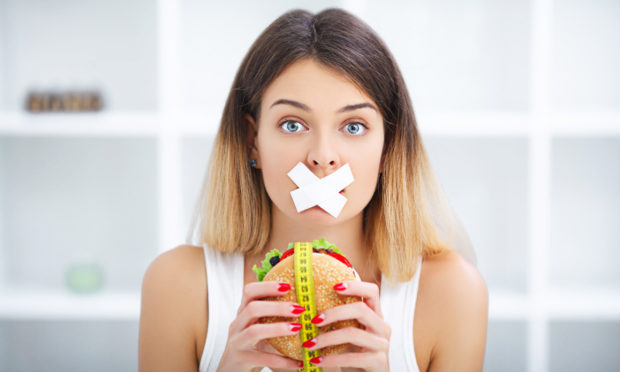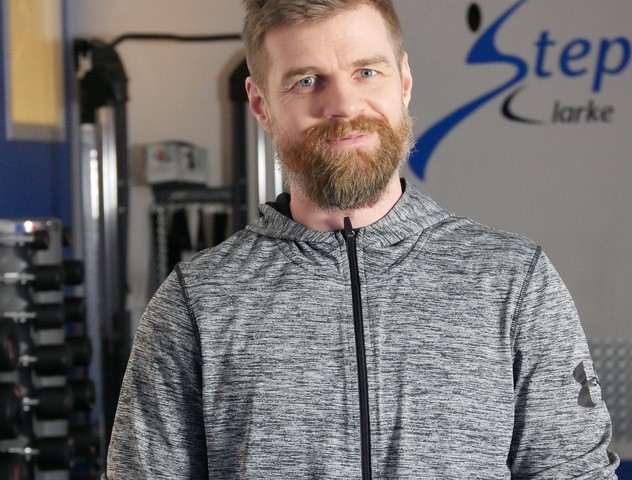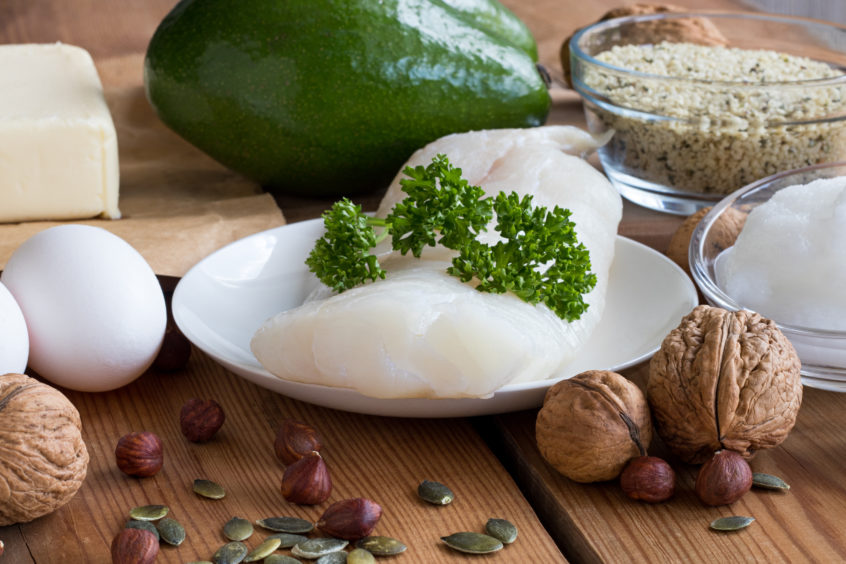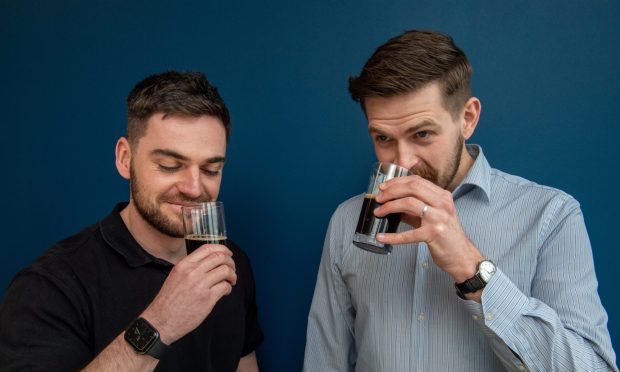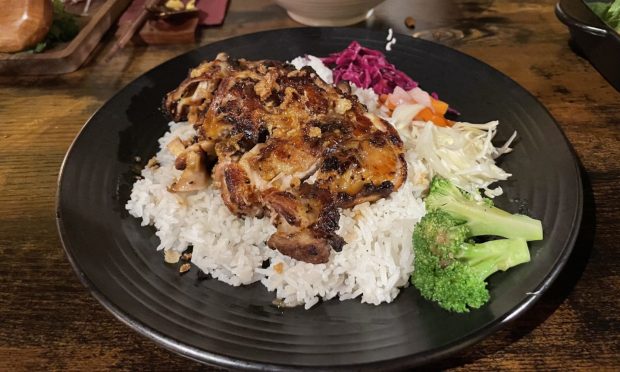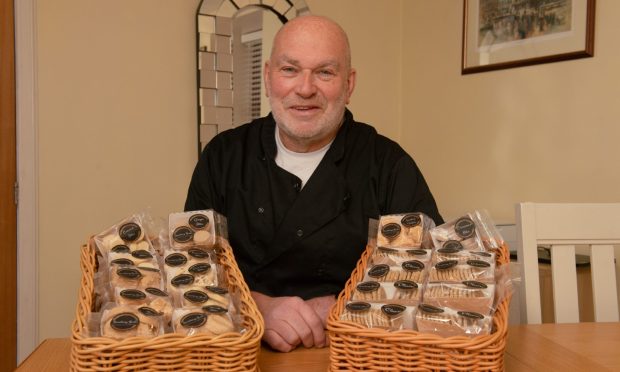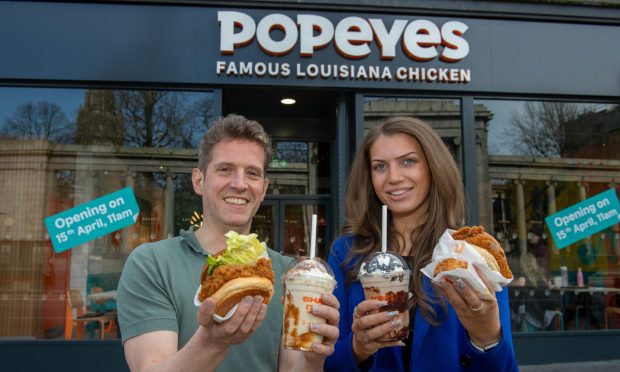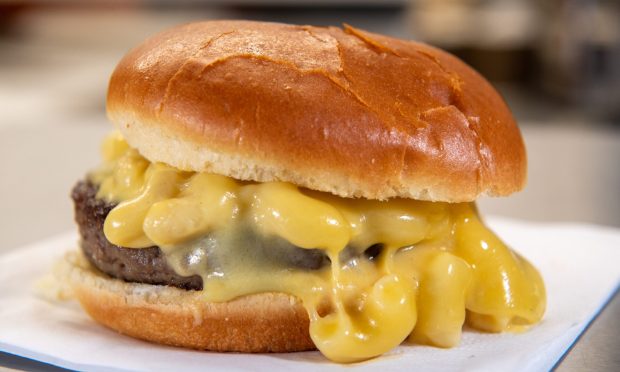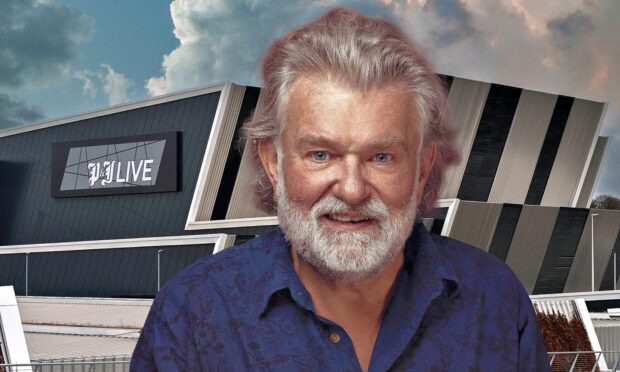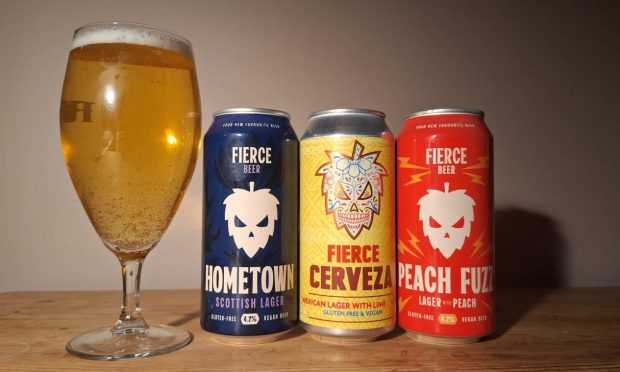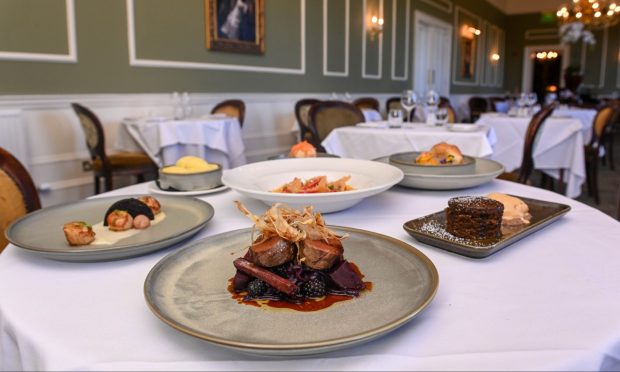Fitness and nutrition coach Stephen Clarke, star of a BBC Scotland show Secret Body, reveals the most common diet fails and how to get on the right path to shedding the pounds.
It can be one of the most frustrating feelings when you’ve made a concerted effort to cut back on calories, only to find you’re still stuck at the same weight.
This, according to health and fitness coach Stephen Clarke, is down to some common dieting mistakes which can be easily rectified.
Stephen, together with friend Rab Shields, runs The Kilted Coaches personal training business in Perth, and the two co-star in the BBC Scotland show Secret Body in which individuals undergo a body transformation over a 12-week period while wearing padding to hide their progress.
Now, through virtual coaching sessions, he and Rab help people across the UK and overseas to lose weight. Here, he shares the most common obstacles to shedding the pounds, and how to overcome them.
Mistake 1: Under-eating
When someone is overweight they think: ‘I’m eating too much I need to cut out some calories’. So they do that and they start losing weight and they think, ‘great’. But your body tries to protect you for survival so it adjusts your metabolism to use less energy on a day to day basis. People who don’t eat enough become more lethargic which is a natural response by your body to use less energy, they start to waste away some muscle mass, it can affect their thyroid which can slow right down and they might end up with underactive thyroid just simply because they’re not eating enough food. Then they hit a plateau. Most people then say: ‘I’m clearly eating too much,’ so they cut out even more food. Then they lose a little bit more weight – so overall they may lose seven or eight pounds – and then they hit the plateau again, despite taking on very few calories.
In my 15 years helping people lose weight I would say 10% of the people I’ve helped have been overeaters and 90% under-eaters. It’s often the thing people are most surprised by.
How to put it right
I look at balancing out macro nutrients (essential carbs, proteins and fats ) and micro nutrients (important vitamins and minerals) first to make sure the body has what it needs. Carbs have a bad name and so has fat. Fitness pros will promote protein for good reason, but when you cut out carbs it’s mainly water weight that people lose. On the scales it looks fantastic but you’re just losing your hydration not the fat.
There’s a time and place to have them to maximise your fat-burning potential and that’s usually after exercise. I always tell my clients that your body is like a sponge and exercise is like squeezing the sponge and taking in carbohydrates is like reabsorbing those carbs back into your muscles. Most people know that if you have too many carbs they will turn to body fat due to the insulin response but if you have it just after exercise it minimises that reaction.
You can start with just mindful eating. Your body is very clever. Focus on sitting down at a dinner table, switching off your entertainment, no TVs on, no phones, and just be mindful of what you’re eating and take your time. Take at least 15 minutes to eat your food – a lot of people are not aware of their food, they might be watching TV and they’re wolfing it down and they’re neglecting the body’s natural response to what they’re eating. Be mindful of tastes and textures and how you’re feeling and then finish when you’re 80% satisfied. That’s step number one.
Mistake 2: Portion control and balancing your fats
If someone has been overeating their stomach stretches and they therefore can eat more so then they might miss those hunger and satiety cues from their body. That’s why it’s important to be careful about the size of portion you eat, but also not focus too much on eating low fat. When you don’t get the balance of fats right in your diet, you can find yourself reaching for the biscuit tin because you don’t feel satiated.
How to put it right
A small amount of fat is an essential part of our diet but it gets a bad name. Our bodies are tuned in to look for high fat and high salt and sugar because, when we were hunter-gatherers, those things would keep us alive. The food industry capitalises on that and in western society our diet is very high in saturated fat which can cause problems.
You can also consume ‘healthier’ unsaturated fats from things like olive oil, nuts, oily fish and avocados, but again watching your portions. If you balance your fats by also allowing yourself a small amount of saturated fat from sources like meat and dairy, you’ll have more sustained energy which will stop you reaching for the biscuit tin.
Mistake 3: Buying into the hype
My sister used to eat a full bag of marshmallows because the packet said they were fat free.
The food industry spends millions on psychologists and latest trends to advertise foods and put things like fat-free and no added-sugar on labels to give us a fall sense of security. And while there’s a time and a place for marshmallows they’re not to be enjoyed regularly.
Then you take something healthy like Greek yoghurt and shoppers might think they’re being more healthy by picking up the diet/low-fat version when in actual fact the fat is one of the best things about proper Greek yoghurt because it slows down your digestive system.
So a lot of people can get caught up in buying diet snacks, drinks and products that aren’t doing them any favours.
How to put it right
I have a lot of clients in the US now, and when I start to coach them through diet and nutrition and the best things to eat, they’ll say, ‘So it’s just eating normal food then?’ That’s because they’re constantly buying products.
If you look at any supermarket they have aisle upon aisle of products, but when it comes to natural foods – the butcher counter, the fish, fruit and vegetable aisles – they don’t take up much space. The rest is manufactured products that businesses make a lot of money on but it causes problems for our health, so just focus on those natural food sources and you’ll be on the right track.
More like this..
Why we’ve gained weight during lockdown and what to do about it
